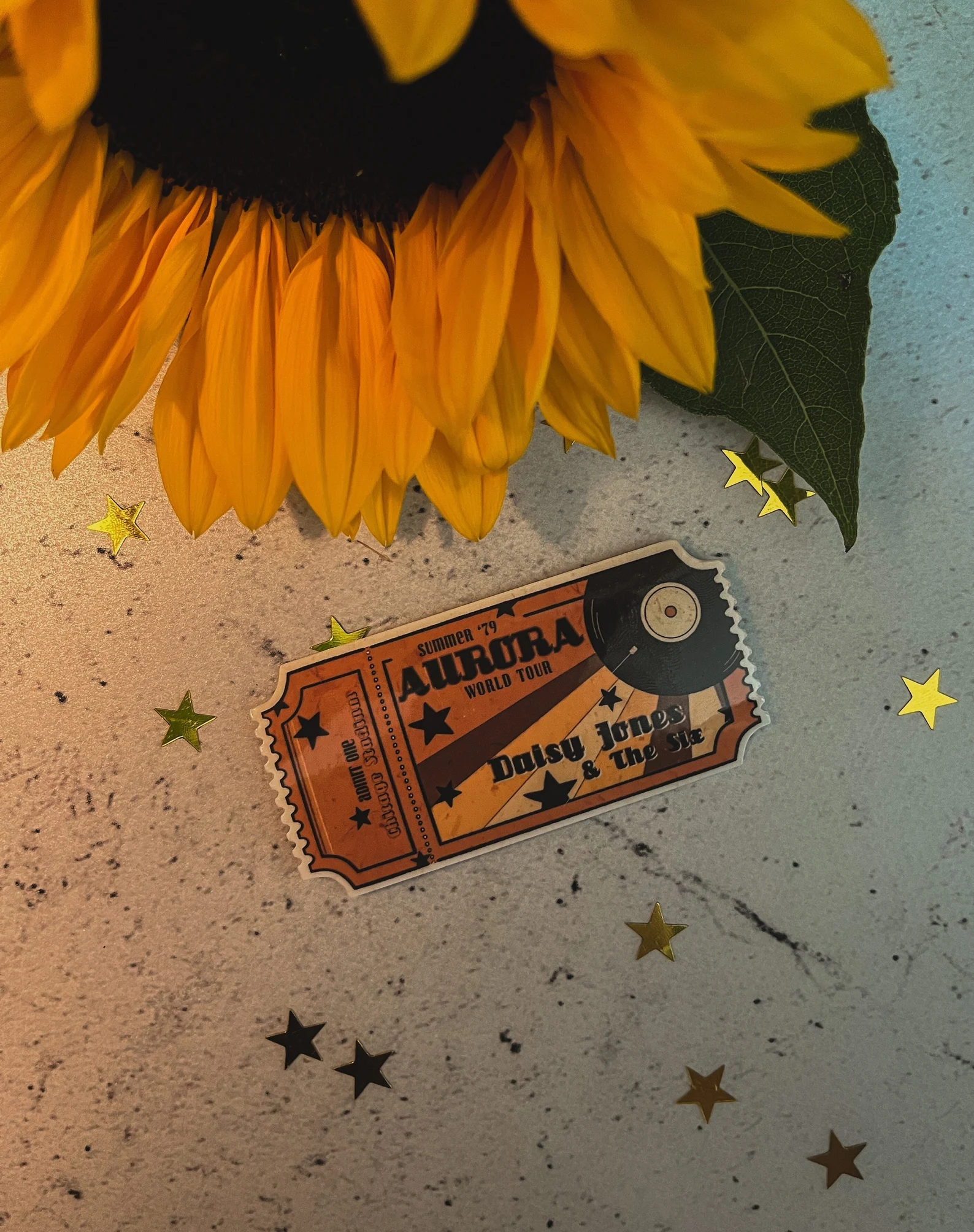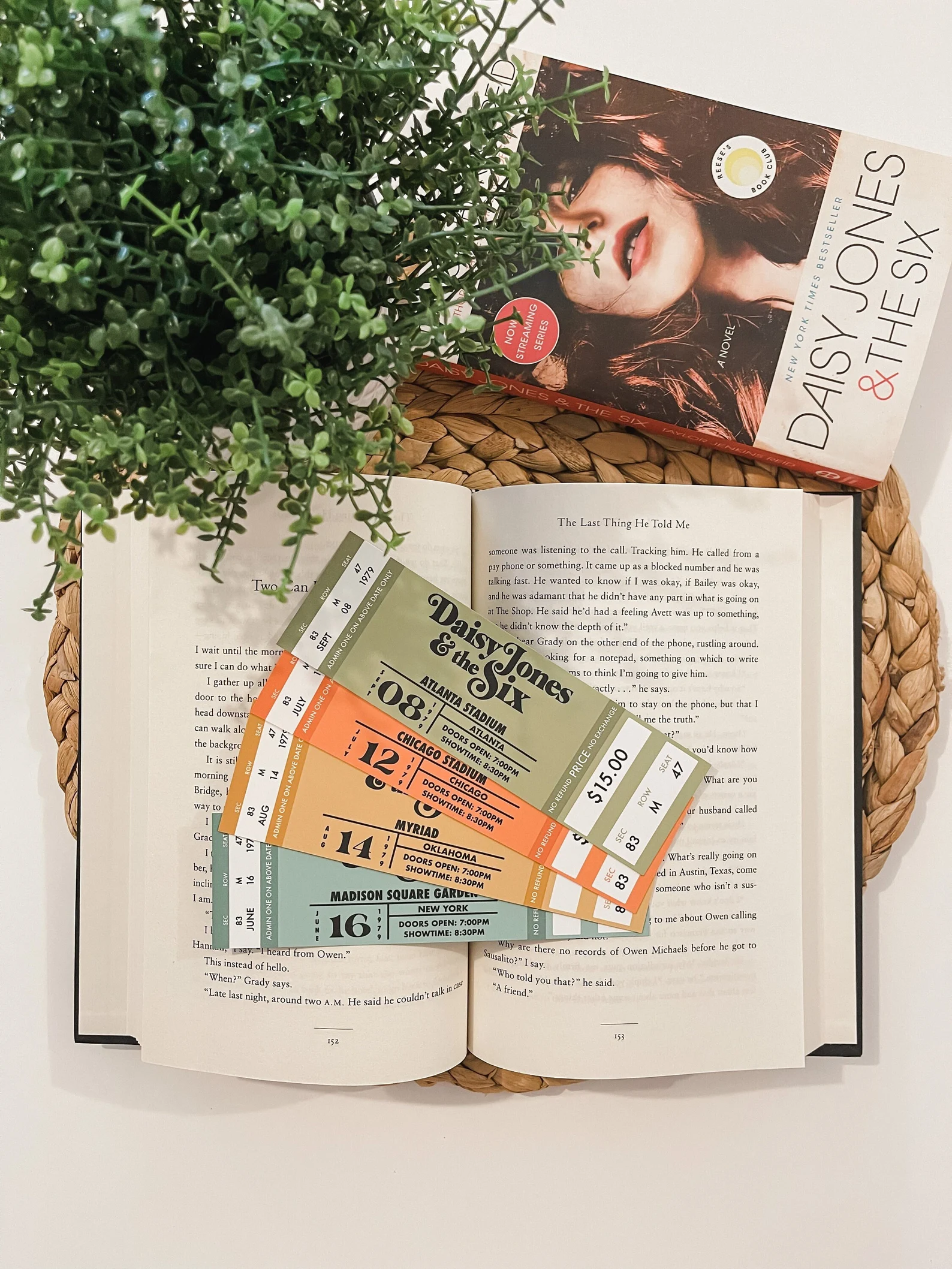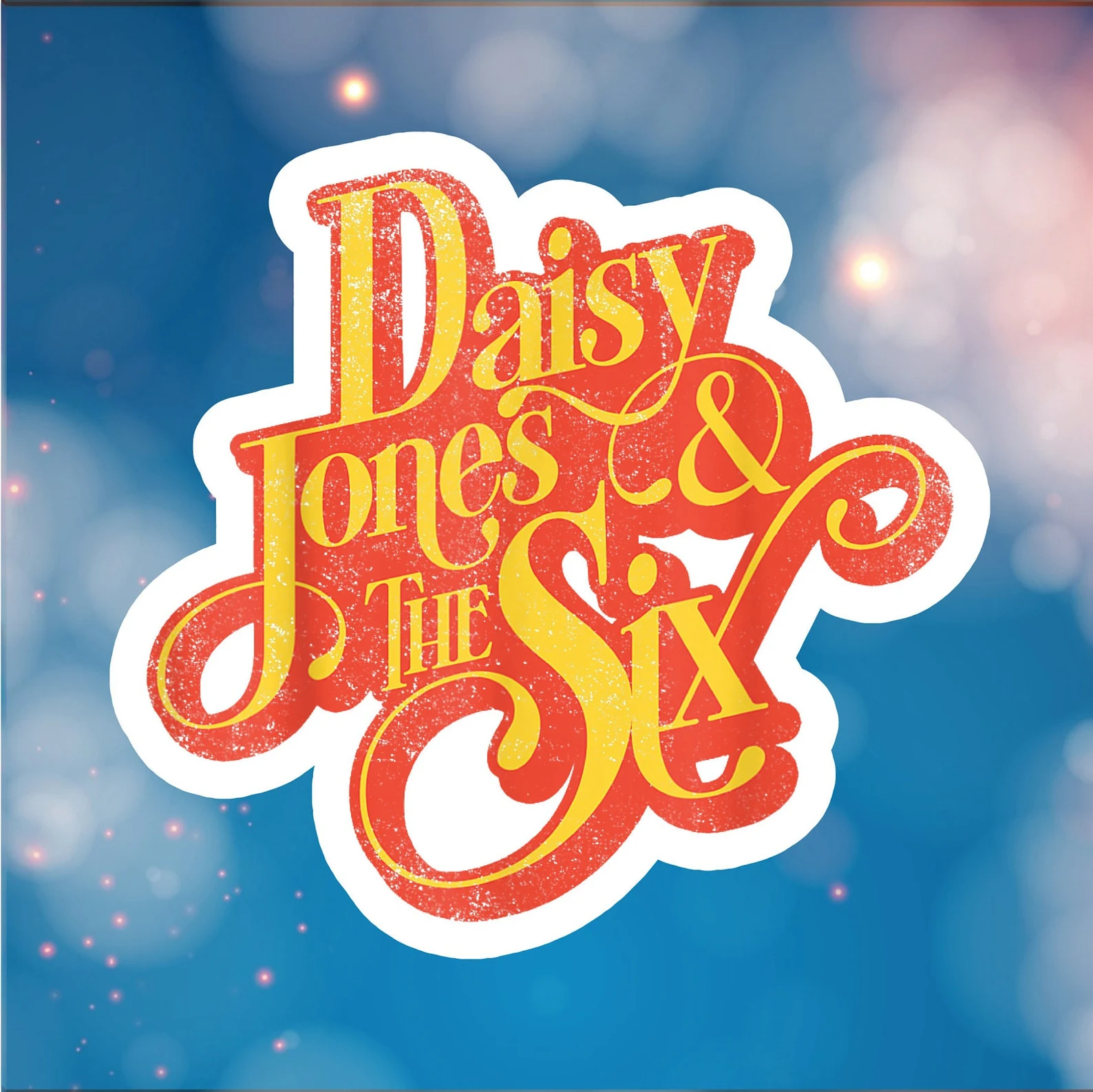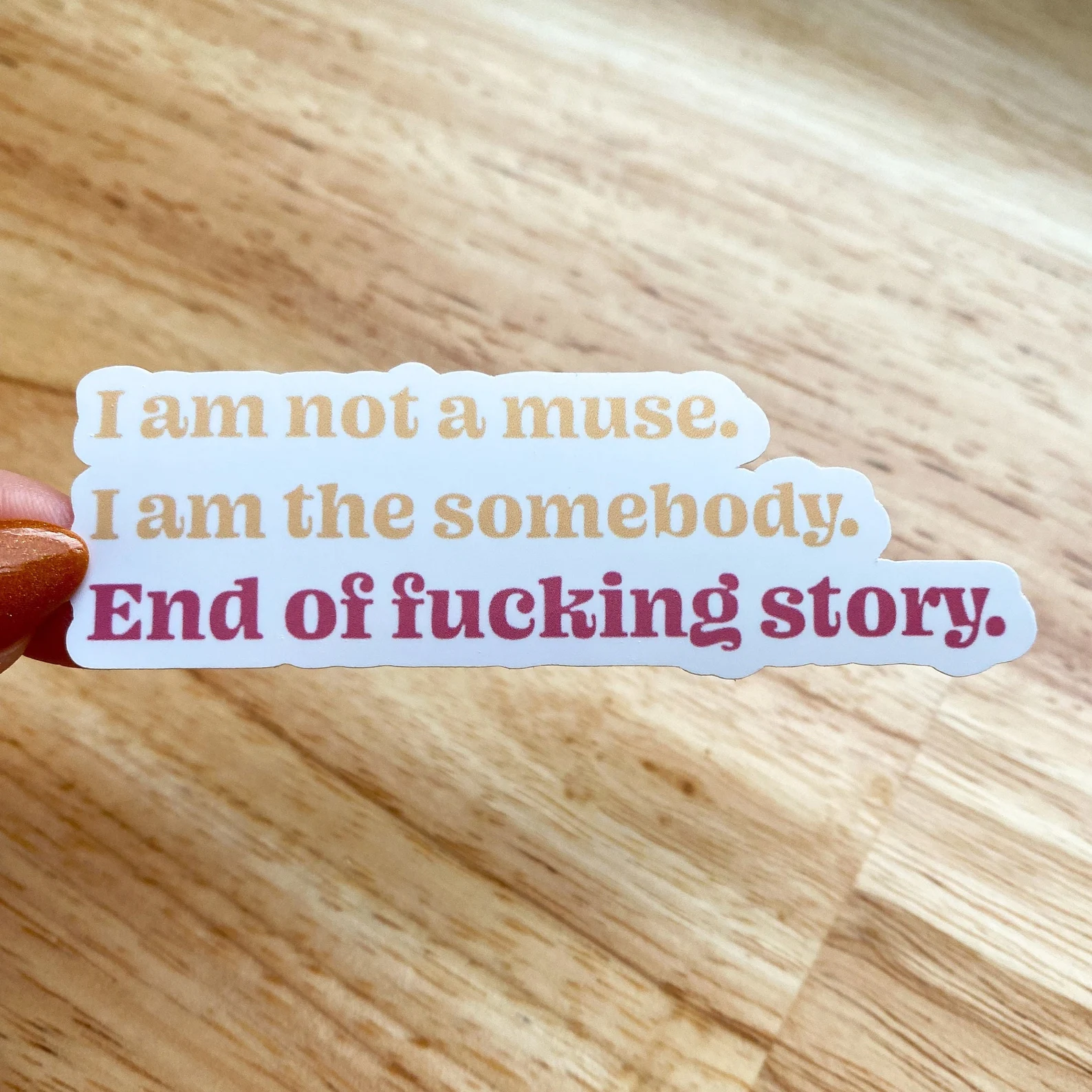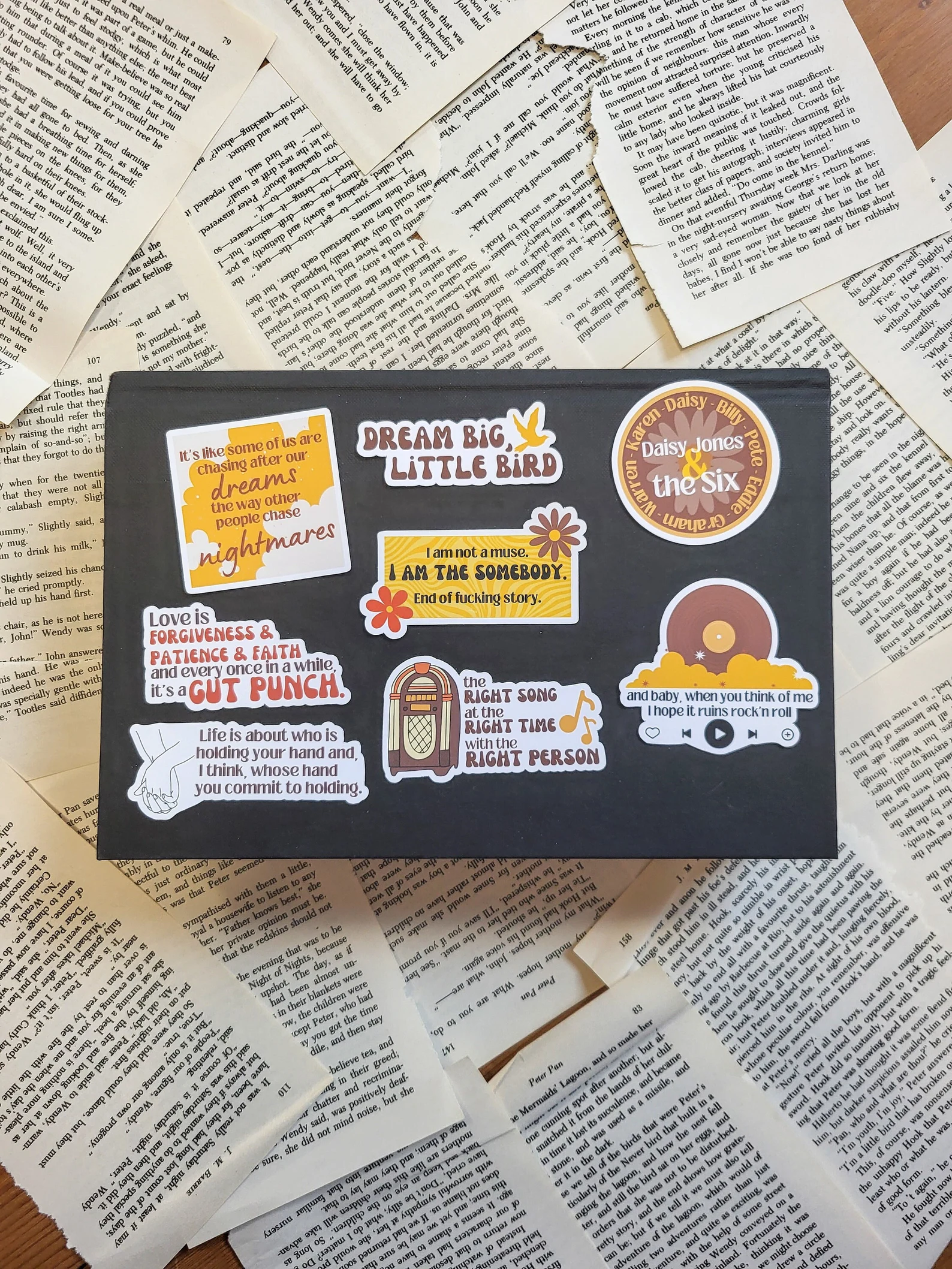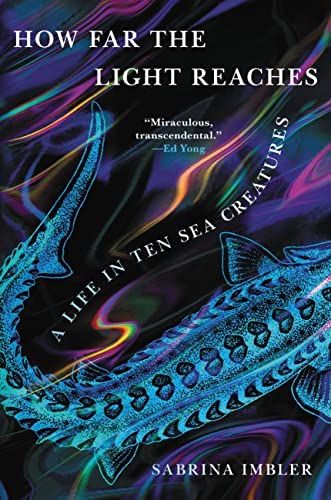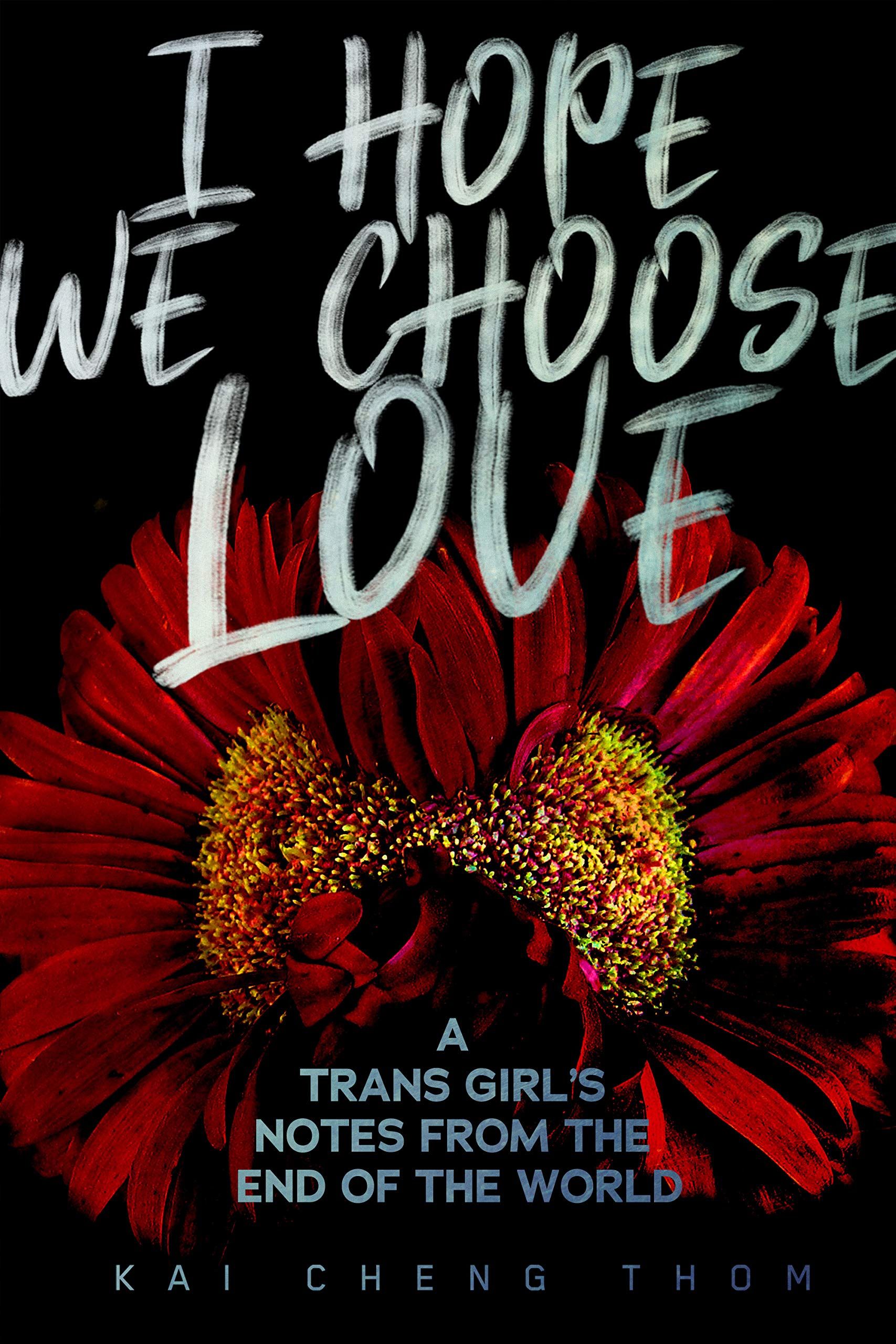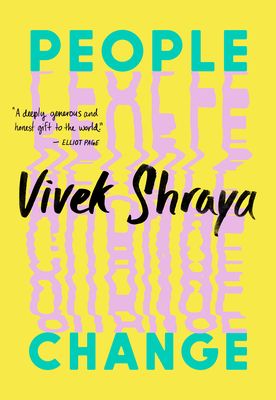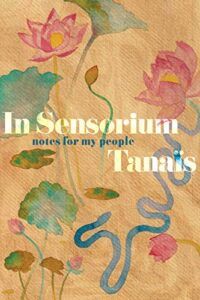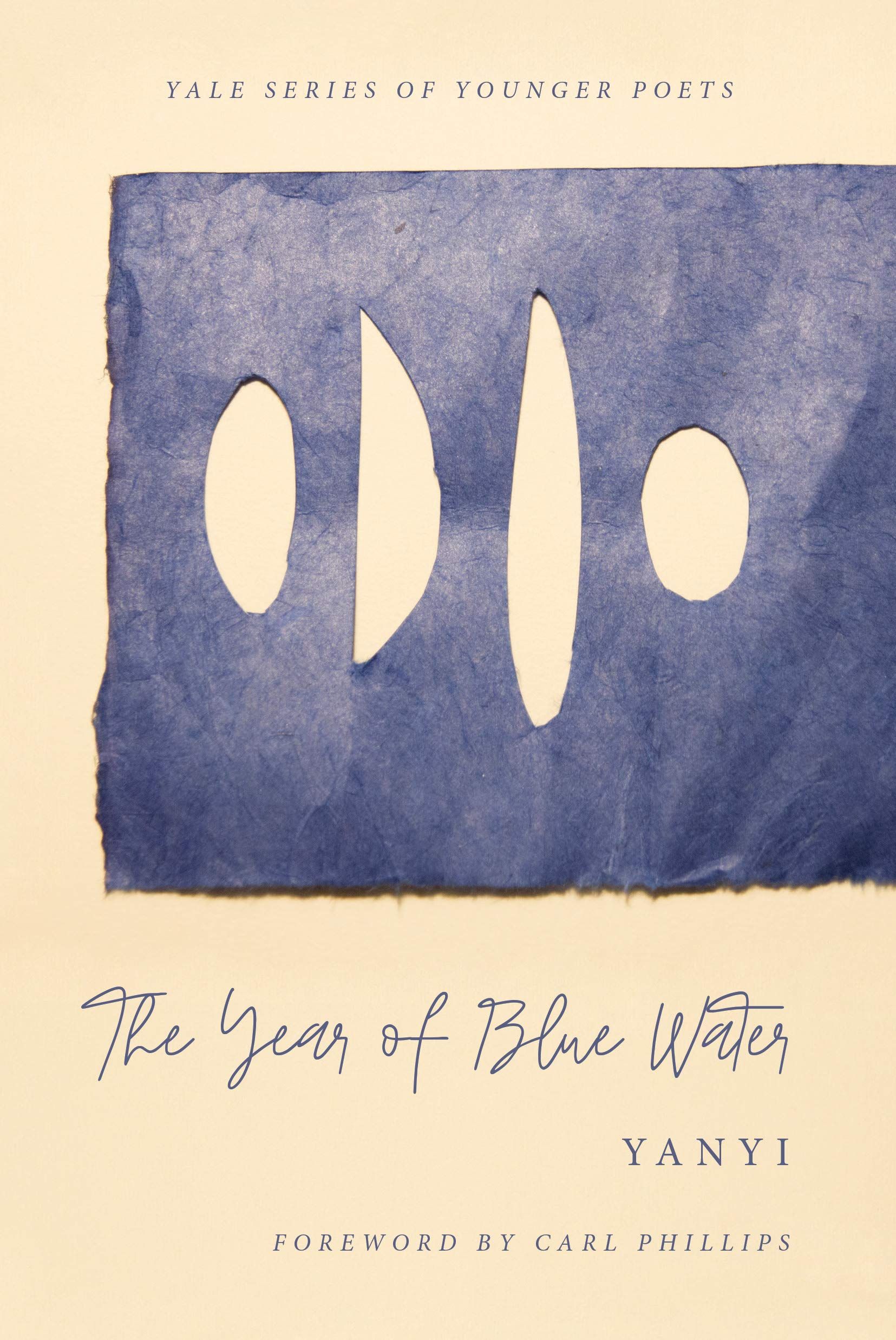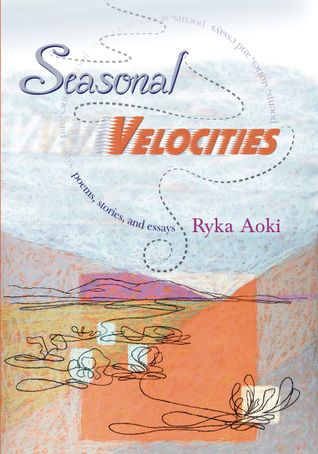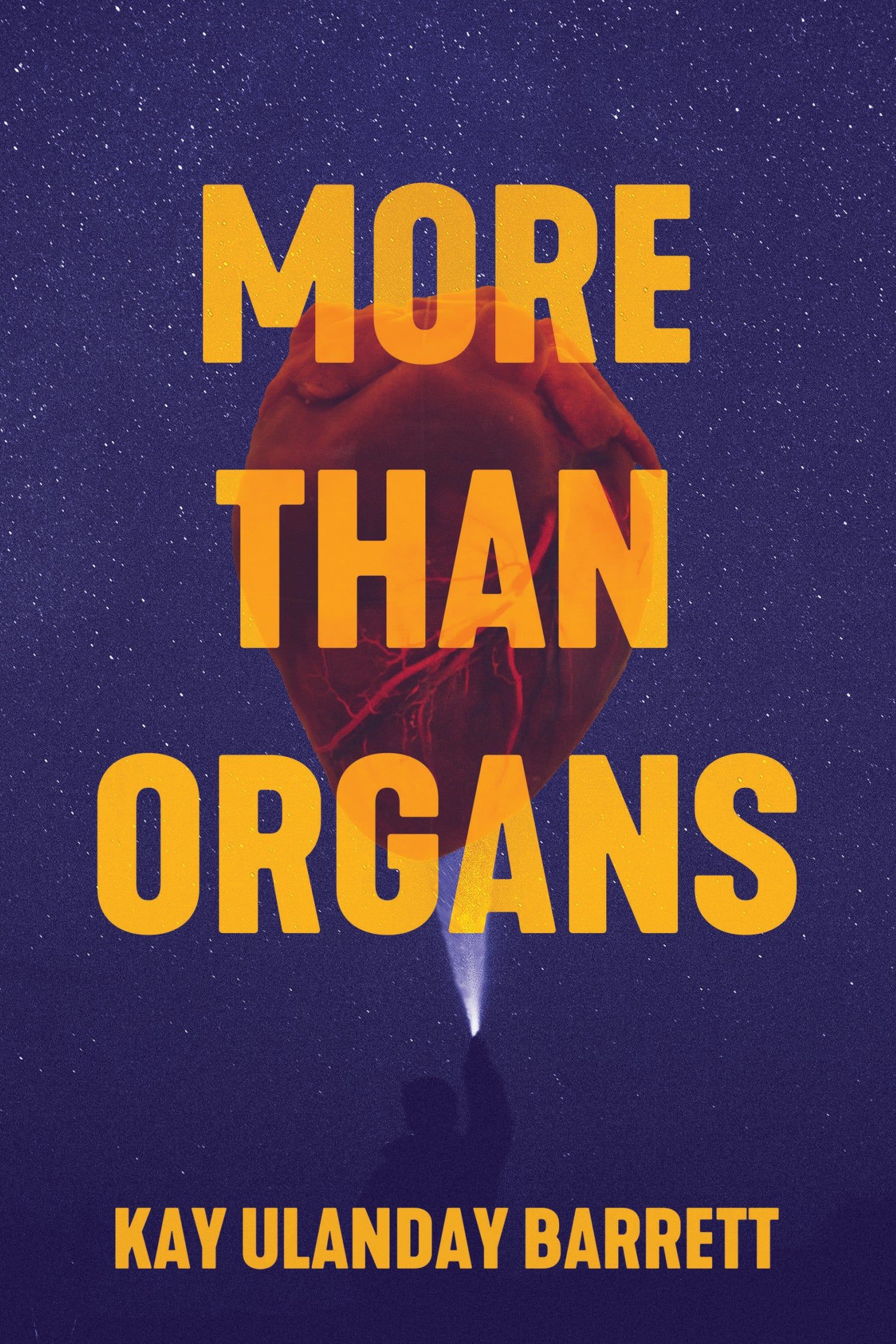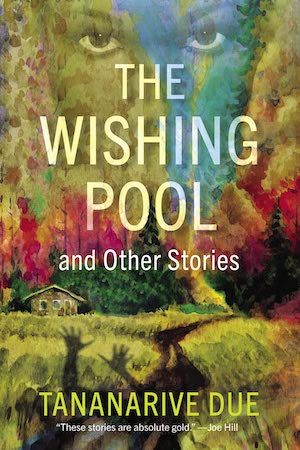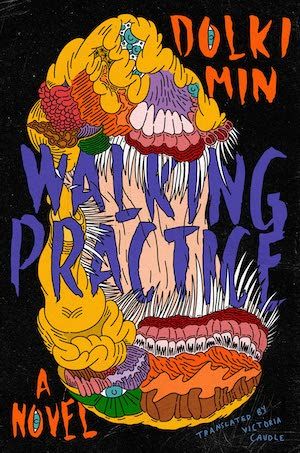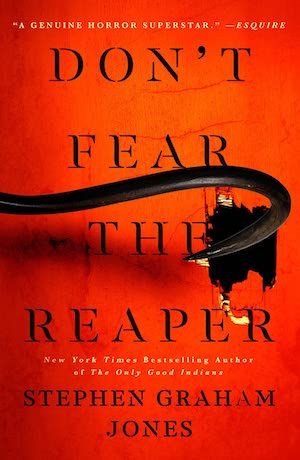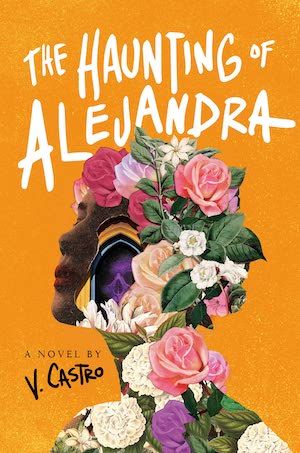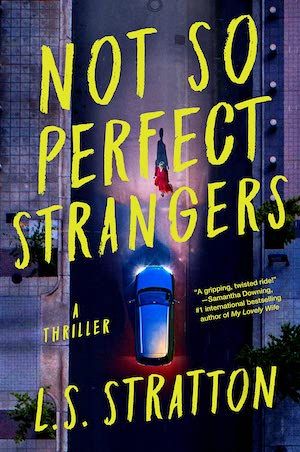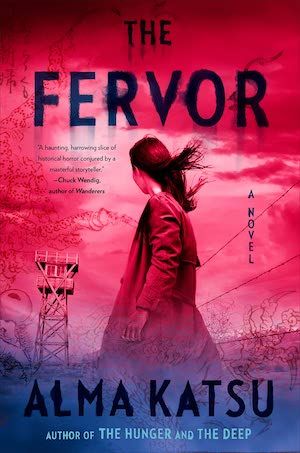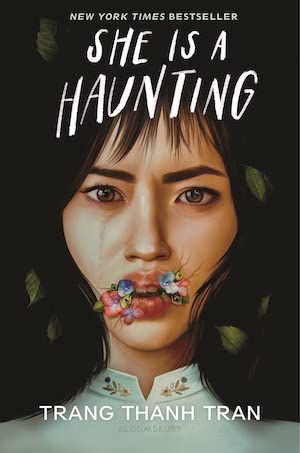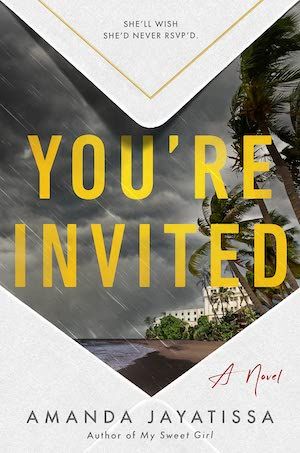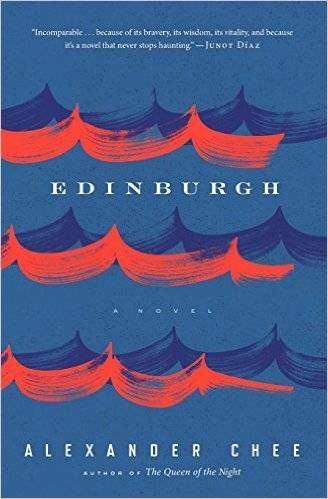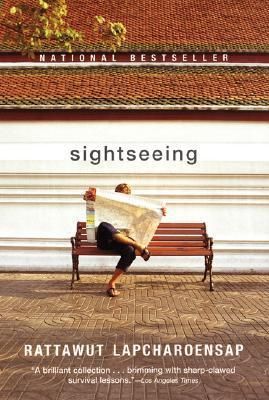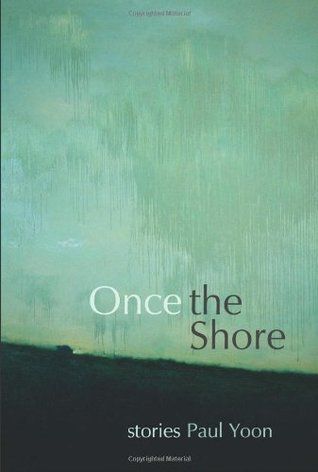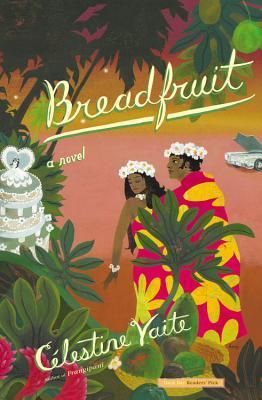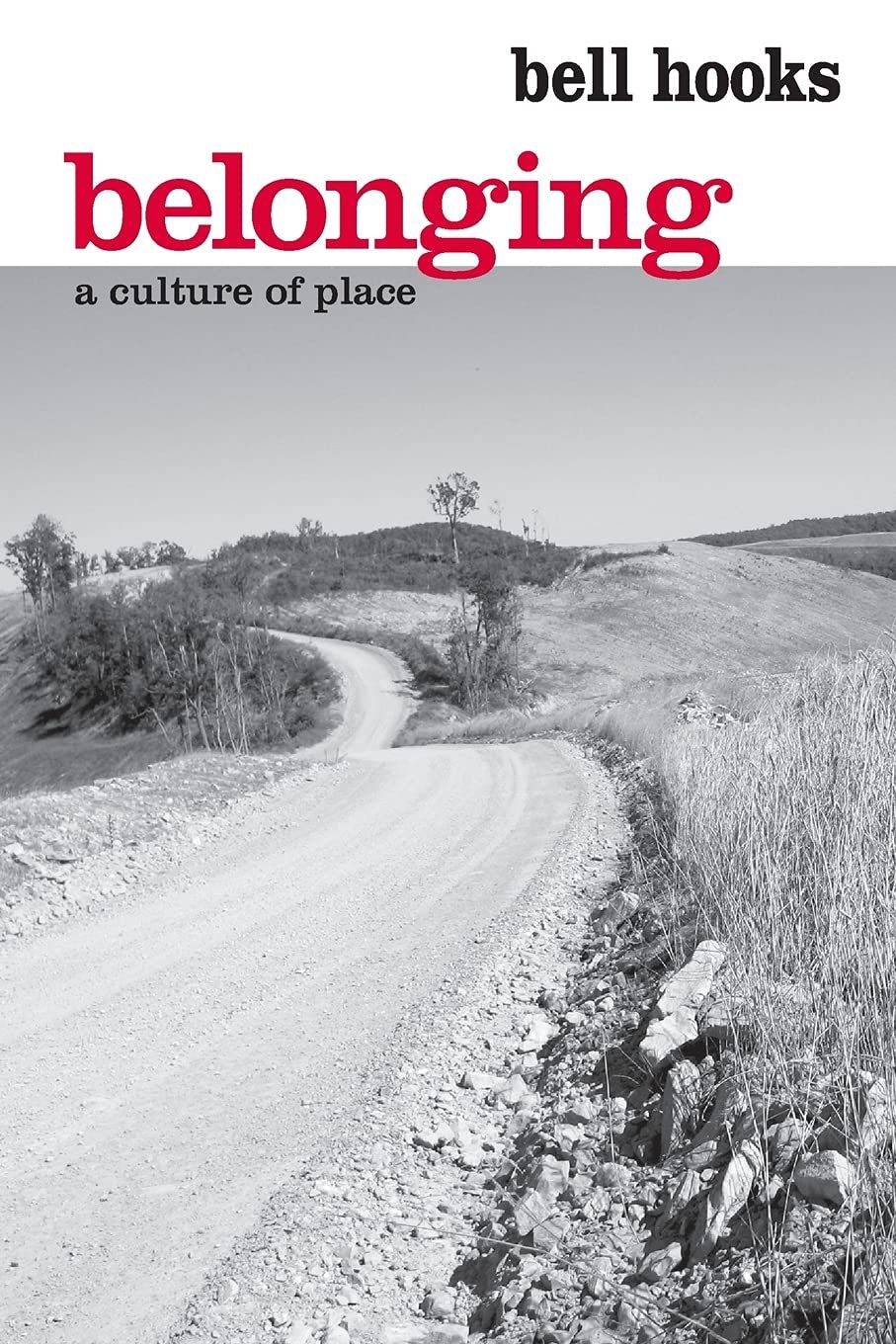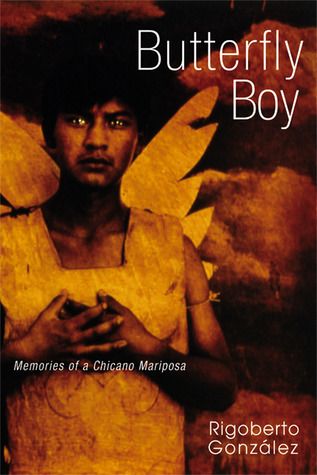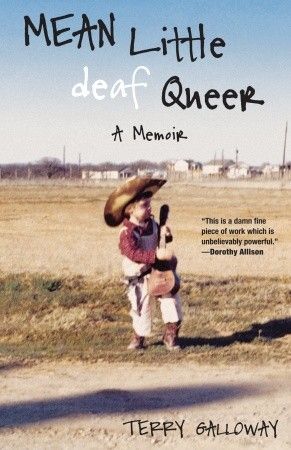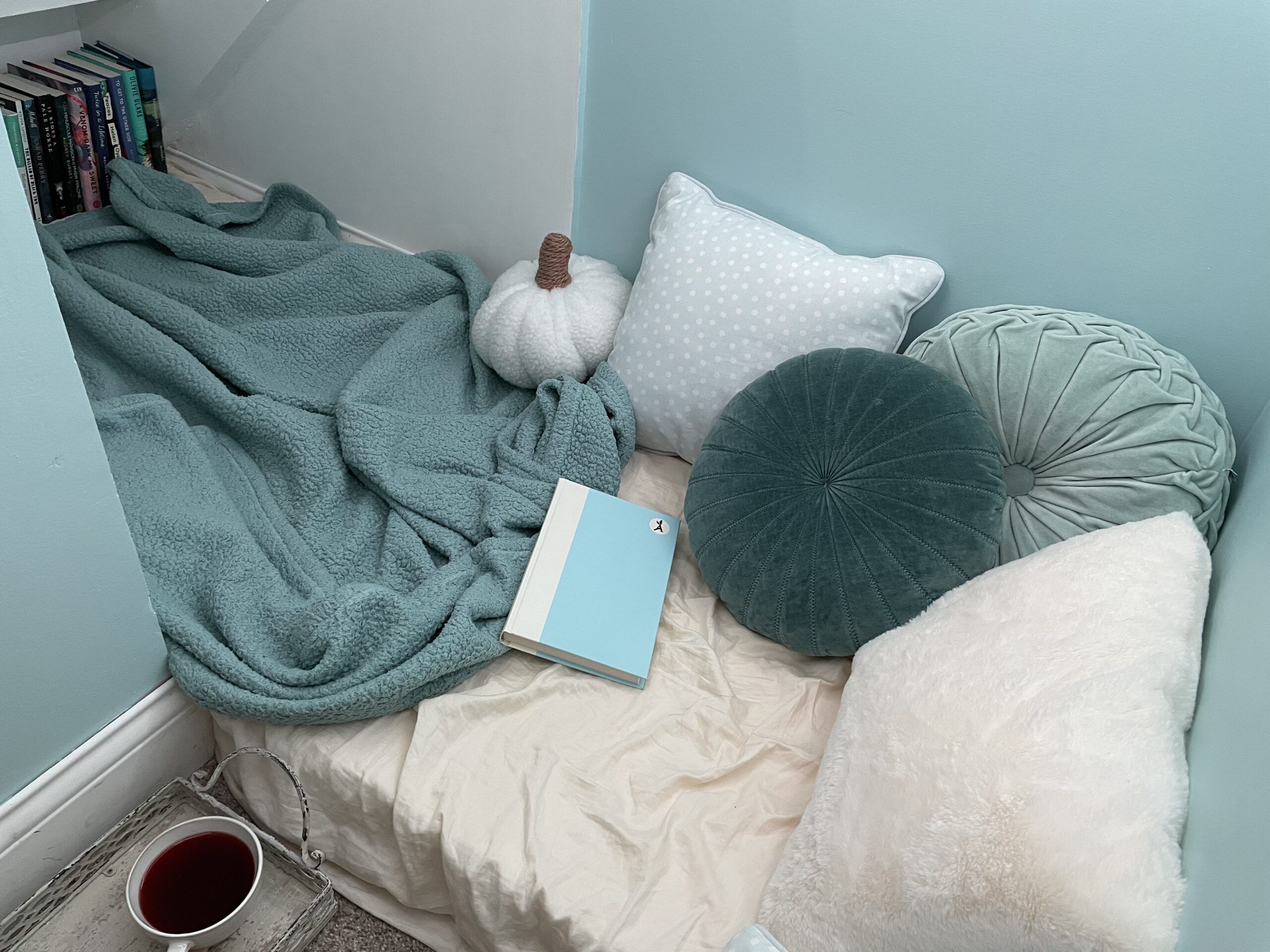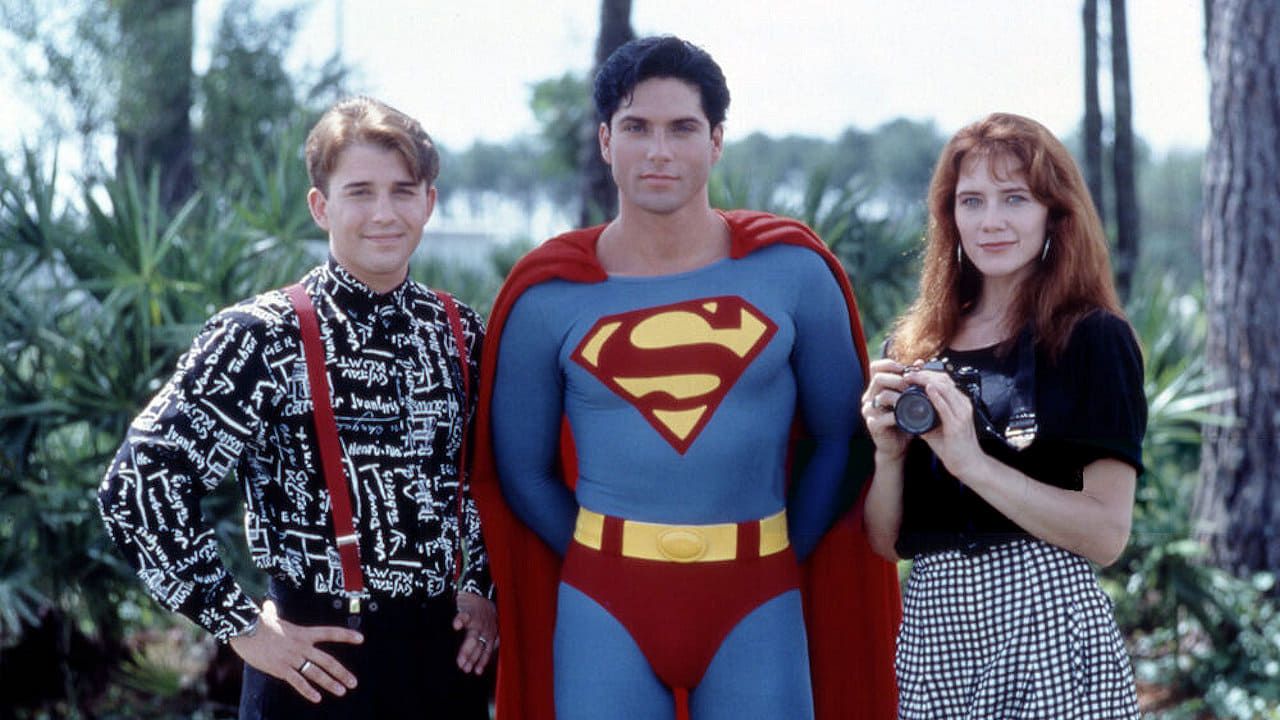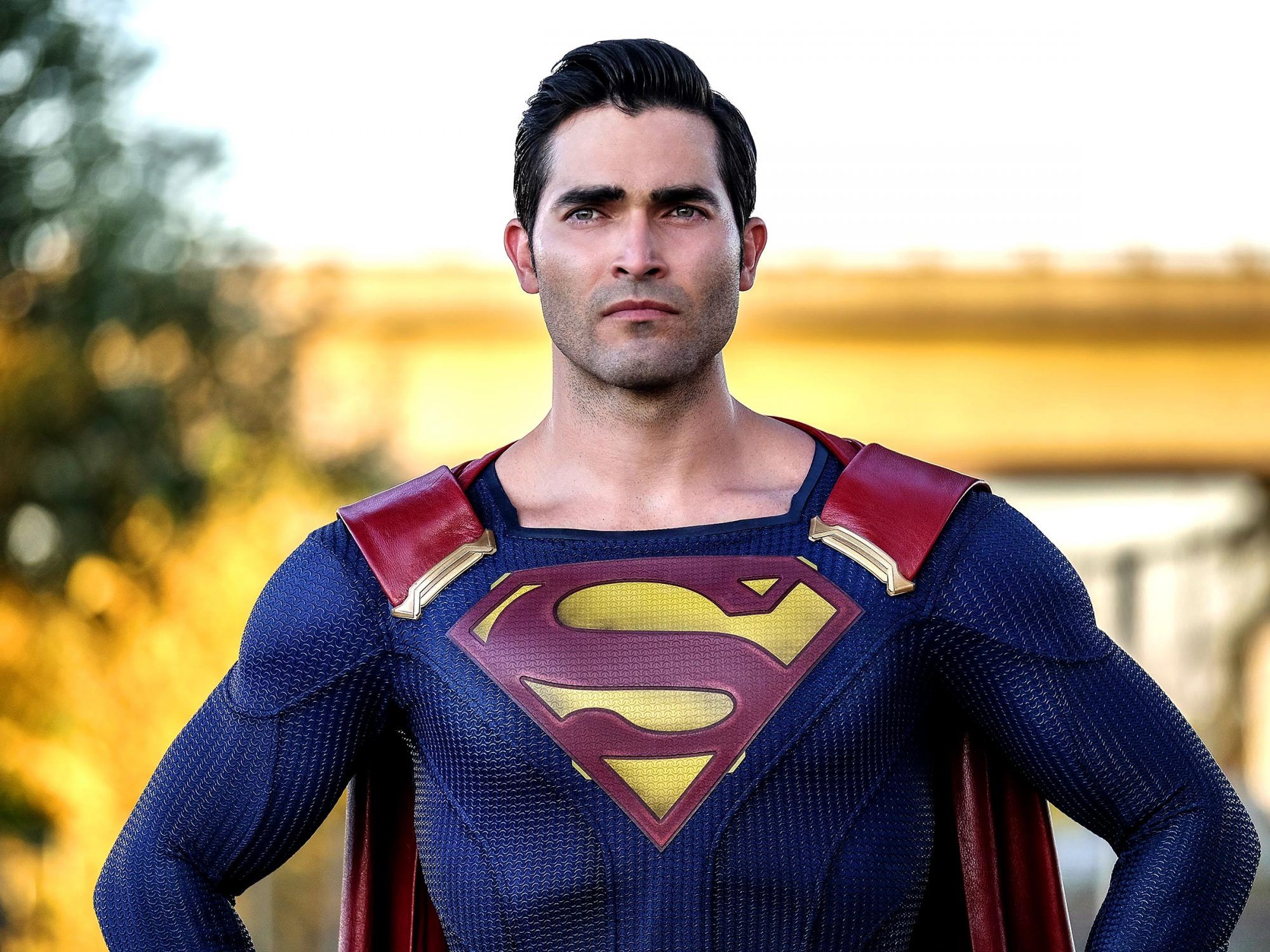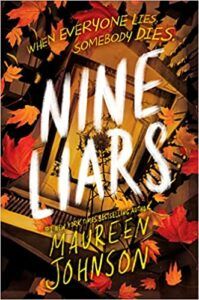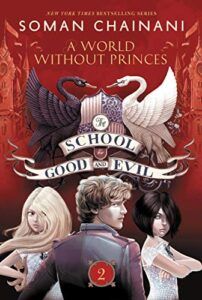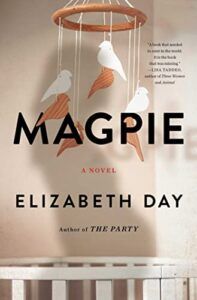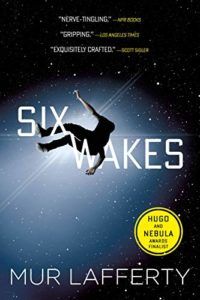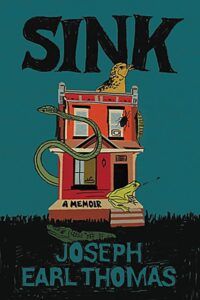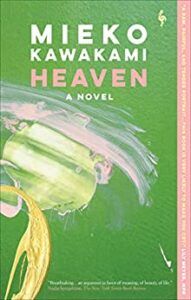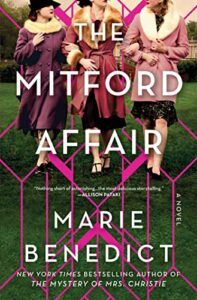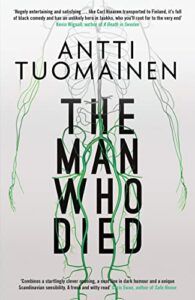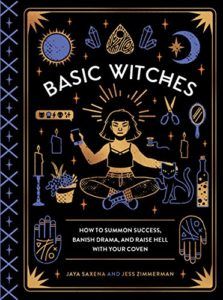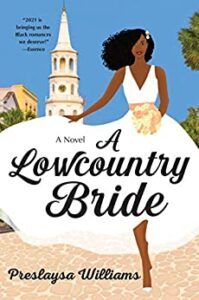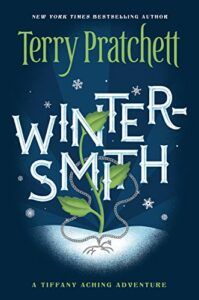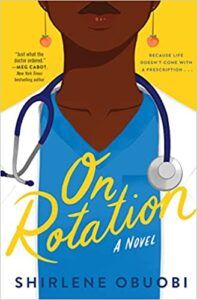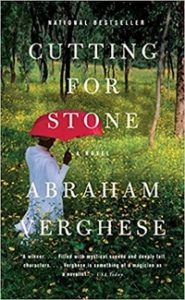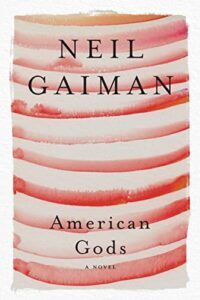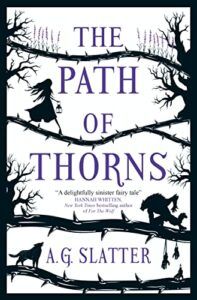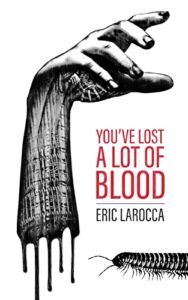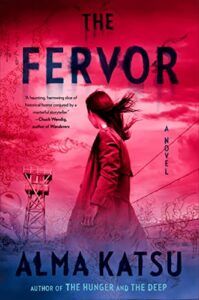Maine is an interesting case study in book banning. Ranked in the top 10 least populated states in the U.S., it has also been among the states seeing big leaps in population since the beginning of the pandemic — 20,000 new residents moved to Maine between 2020 and 2022.
Since mid-2022, the state has seen several book challenges happening at school districts. Many came on the heels of a $600,000 ad buy from Maine Families First, a conservative political action group, who poured that money into a campaign against the reelection of state governor Janet Mills, a democrat. Maine Families First’s 30-second television commercial juxtaposed falling test scores across the state with the inclusion of books like Maia Kobabe’s Gender Queer being made available in school libraries. The suggestion, of course, was that Mills spent more money on attempting to “indoctrinate” young people than ensure they excelled at standardized testing. The funding came from GOP donors outside of the state with ties to the Claremont Institute.
The boogeyman campaign was a timely opportunity to seize on the lead talking points of right-wing Christian nationalists, suggesting that educators and teachers are indoctrinating their students rather than teaching the basics of reading, writing, and math.
Maine keeps biannual records about the young people living in their state. In 2021, the Maine Integrated Youth Health Survey found that 28% of high schoolers identified as queer — the bulk of those bisexual — while for middle schoolers, the number averaged around 21%, with female-identifying middle schoolers much more likely to self-identify as members of the LGBTQ+ community.
Even before the attack campaign, Maine residents were interested in Gender Queer. This is in part thanks to the book’s explosion in challenges and bans across the country, as well as in part due to local school districts debating whether or not it was appropriate to include in their collections. In August last year, there were lengthy waitlists for the title in public libraries state-wide. A search of MaineCat in May 2023 shows still-lengthy wait times in some communities, with most copies of the award-winning graphic memoir being checked out.
Eight school districts in the state have received challenges to Gender Queer since August 2022. Of those eight challenges, though, seven have been unsuccessful. Those seven school districts elected to keep the title on shelves and accessible to students, despite crisis acting from within and outside the community; they did so despite the spate of advertisements pushing the book as part of a right-wing agenda; and they did it despite the fact the book has been banned over and over elsewhere throughout the states.
What’s made the difference?
All of the information below is what has been discovered through search and compilation of information over the past two years. This does not account for schools that have not reported book bans, media that has failed to cover book bans, nor educators/librarians who have elected to participate in quiet/soft censorship in their facilities.
Challenges to Gender Queer in Maine
RSU 40, Serving Union, Friendship, Waldoboro, Warren, and Washington
Date of first challenge: October 2021
Date of appeal: June 2022
Status: Book Retained, May 2021 and Book Retained, October 2022
RSU 40 handled several challenges for more than a year over Gender Queer. After the initial challenge in October 2021, they district followed their policy and created a committee to review the book. After the committee read the book, they elected to keep it on shelves. Note that the book had only been checked out once prior to the formal challenge.
In June 2022, the book was challenged again. This time, the school board was charged with making a decision, so the entire board read the book and scheduled the final decision meeting for October. Over 100 people showed up in person and over 70 virtually to weigh in on whether or not the book was pornographic.
The board elected after two hours of public comment to use their experiences reading the book to keep it on shelves.
A key comment from a parent and principal in the district, as reported by the Lincoln County News:
“Parents like Scott White, principal of Union Elementary School, admitted that some pictures and content in the book made them uncomfortable, but said they understood more of and felt more empathetic to the challenges faced by LGBTQ+ youth after reading. White and other speakers urged the board to consider the images in context.”
Regional School Unit 56, serving Dixfield, Maine
Date of challenge: June 2022
Status: Book Retained, June 2022; Book Banned, August 2022
RSU 56 is the only school district in Maine to ban the book Gender Queer to date.
But this story is not as straightforward as it might seem. The book, initially challenged by three women in the district, went through the process set forth by the school for formal review. It passed — indeed, Gender Queer reflected the school’s educational needs and was highly reviewed and regarded and age appropriate for the high school. You can read the entire decision here.
Days later, the same three complainants chose appeal the decision and the August 2022 board meeting became an opportunity for them and their “parental rights” advocate partners to show up and hog the spotlight. At that meeting, the Board members were now in the position to make the decision about the book. You can read through their reasoning, and you’ll see something interesting — the person who proposed the removal did so not on the grounds of the images of the book, which were the central focus of the book banners, but instead on the grounds of “health.” From the minutes, Marianne Young stated the following, as summarized:
“There’s so much bad advice and things that are not said that is concerning. It’s the harmful behavior that is exhibited with no repercussions, with no idea how to deal with that. It has nothing to do with gender dysphoria. It wasn’t the book she expected it to be. She doesn’t object to most things that most people object to. Speaking broadly, her concern is the health and safety and what is not said.”
Young’s Facebook page is peppered in “Blue Lives Matter” propaganda and shows no indication of her background in adolescent development, queer identity, nor in medicine, health, or safety. She likes Fox News and Fox News Updates.
The RSU 56 is our outlier case in Maine. But it’s not necessarily an outlier in terms of the broader country. Instead, the argument made in favor of banning had “nothing” to do with the images and instead, a bogus claim over the health and safety of students. This, despite the fact the Board members acknowledge most people didn’t even know the book was in the high school library. The book proceeded through the district’s challenge policy appropriately, as the decision made in the first committee was appealed and went before the Board.
All Board members in attendance read the book, even though their ability to understand it was certainly colored by their belief in themselves as experts on literacy, library collections, and, it seems, teen health. The Board believed they knew more than those who worked with young people every single day.
But your takeaway here is this: the images book banners brought and used as scare tactics and “proof” of porn and obscenity were not the reason the book was removed.
Let’s move to the rest of the Maine challenges of Gender Queer, though.
RSU 58, Serving Phillips, Avon, Kingfield, and Strong
Date of Challenge: August 2022
Status: The book was never actually in the school district
State Representative Mike Soboleski, who was just elected into his position. decided to show up to the school board and demand to have more time than public comments are allotted. What did he do with his time? He demanded to know what content was in the school libraries and said that there should not only be a rating system, but Gender Queer and some other books (not named, of course) should not be in the collection. There’s a bonus rant about transgender athletes as well.
The book was not removed because the book is not in the collection. But a politician thought he’d small government enough to be above the rules and not do the work to see if the book was in the district.
RSU 73 Serving Spruce Mountain
Date of Challenge: September 2022
Status: Book retained, November 2022
A five-member committee was appointed as soon as the book was formally challenged in September, and it included a student representative. The discussion of the book at the board meeting brought in the complainants, but several in opposition to banning the book came as well. A physician pushed back on claims the book was obscene and violated legal definitions of obscenity, noting that if that were the case, every health book used in the district would need to be banned as well.
Most members of the board and committee determined the book (along with White Fragility) was appropriate for the library. The final comments from the superintendent really highlight something missing in so many of these discussions–he read the book and got it.
“While I was reading this book it pulled at my heartstrings knowing we have students who are struggling with their identity,” said Superintendent Albert, according to the Sun Journal. “If having this book can help them, then I am for it. Individual parents have the right to not allow their child to take out this book. If not given this option, I might feel differently.”
The school followed their policy, appointed a review committee, and everyone involved in the decision making process read the book cover to cover. This, despite the book crisis actor who wore a shirt with images from the book to “prove” them pornographic.
MSAD 6, Bonny Eagle District, Serving Buxton, Hollis, Standish, Limington, and Frye Island
Date of Challenge: August 2022
Status: Retained in October 2022
Only one of the 10 members involved in the decision over Gender Queer voted against retaining the title in the MSAD 6 school district. The community showing at the meeting was comparatively low, with about 20 in attendance. One board member remarked that because of fear of harassment, several adults and students in the LGBTQ+ community elected not to come.
Although many board members found the book difficult to read, they found the experience worthwhile. Erika Creutz said if they were to remove the book for the reason of nudity, so, too, would they need to remove dozens of other similar books, including Stephen King’s It. One board member stated this entire discussion was unnecessary, as parents already have the rights to determine books their students cannot access, and still another mentioned how difficult a journey Kobabe shared in eir book, then noted it does not meet the standard of pornography.
The single board member who rejected the book during the vote was Julia Anderson. Anderson also rejected keeping It’s Perfectly Normal a month earlier. Of interest is the fact that Anderson herself donated a few books to the district following the decision, believing she needed to “balance out” the gender books in the collection. One of the books she donated, Irreversible Damage was deemed inappropriate for the school collection — and not because of its theme but because it is not a book of interest or relevance to teenagers in the district.
Maine School Administrative District 52, Serving Turner, Greene, and Leeds
Date of Challenge: November 2022, Decision Appealed December 2022
Status: Book Retained November 2022, Book Retained January 2023
The initial review committee found the book to be perfectly appropriate at the high school level, noting that it would not be made available to those below 9th grade and that at no time, would the book be required reading. The findings weren’t good enough for Tara Sue Levesque, who appealed the decision, bringing it to the full school board committee.
Some of the board felt uncomfortable with some images, but they also stated they saw the value for high school students interested in reading the book. More, the school’s opt-out policies made it so parents who did not want their teenagers to have access could ensure they did not get it.
The student committee member noted that even though it was not a book she’d choose to read, she did and believes it has value to many others.
The decision to keep the book was met with deep enthusiasm by the school librarian who, in addition to the library, oversees the school’s Gender and Sexuality Alliance. She noted since the book began to cause controversy among some parents, it became quite popular in the library.
RSU 24, Serving Eastbrook, Franklin, Gouldsboro, Mariaville, Steuben, Sorrento, Sullivan, Waltham and Winter Harbor
Date of Challenge: January 2023
Status: Book Retained March 2023
Following the initial challenge of Gender Queer (along with Queer: The Ultimate Guide for LGBT Teens), a district committee was formed to make a decision. The makeup of that committee isn’t entirely clear, but they elected to keep the books with restricted access. The decision was appealed, bringing it to the full school board to decide.
Several board members noted feeling uncomfortable with the book, but they made the decision to keep the book. Again, with restrictions.
“I believe that there is definitely material in both of these books that people have a right to feel is challenging, especially for middle schoolers,” said Board of Directors Chairperson Roy Gott, according to Ellsworth American. “I believe that the overarching message information contained in them is more valuable than any negative aspects that might come from the more controversial pieces.”
The tricky part of this story comes here: the school does not have a librarian right now, and thus, separating out books appropriate for high schoolers and those for middle schoolers is not exactly easy. This will apparently be one of the first duties the librarian takes on, whenever they decide to hire one. In the interim between the initial complaint and board decision, the books were kept in the guidance counselor’s office.
More, this meeting brought about a proposal to change their collection policies and how individuals can challenge material. According to this article, that brought more consternation from attendees than the book ban decisions. Why? Because the new policy requires complainants to read the entire book they are challenging.
RSU 14, Serving Windham and Raymond
Date of Challenge: February 2023, Appealed April 2023
Status: Retained April 2023, Retained May 2023
This district’s challenge of Gender Queer came with a batch of other challenges, and this one made waves among right-wing news sites for the book crisis acting performed by an 11-year-old who read from the book during public comment. Allegedly, at least — you never see the proof of that on legitimate websites.
The initial book review committee for Gender Queer elected to keep the book on high school shelves in April. At that meeting, the board had yet to receive an appeal, but it came shortly after. Upon appeal, the district’s board read and discussed the book and elected to keep it in the high school.
Throughout the process, the district has kept people abreast of the status of book challenges and laid out clearly the process for challenge and review. They have followed their guidelines exactly.
You can watch the board meeting discussion for the final decision here, including how they did their research on determining equitable access to material in schools and for LGBTQ+ students. Imagine: professionals doing their research through actual informational resources and presenting it to right-wing “parental rights” folks just trying to ban books (the instigator in this incident, Courtney Edwards, is an active member of a “Maine Parental Rights” and gleefully shows off her pride in “not coparenting with the government” — she doesn’t believe she’s banning books, by the by).
Why are Maine schools keeping Gender Queer when challenged?
There are two big reasons that emerge just in reading the stories above as to why challenges to Gender Queer in Maine end unsuccessfully for “parental rights” activists.
First, every school followed its own reconsideration policy. This sounds pretty straightforward, but there are still far too many schools and libraries lacking a challenge policy — let alone a strong one — and as we’ve seen throughout the country, many books get pulled because the decision makers are not bothering to follow the policies (see why Escambia County in Florida is currently being sued). Each utilized a committee of school employees in step one of the process, then allowed the challenger to appeal that decision. Once appealed, the decision on the book went to the school board.
That’s where the second reason for successful retention of Gender Queer comes in.
Every member of the school boards read the book. With the singular exception, every board decided to keep the book in the collection because even if they themselves did not enjoy the story nor see themselves picking it up on their own, by reading the book in its entirety, they developed an understanding of its purpose and were thus not swayed by a few cherry picked images that book banners have been using as “proof” of obscenity. Indeed, board members articulated that the book’s images were not obscene and were part of Kobabe’s understanding of eir identity. In at least one case, the board members articulated their decision based on the book and on additional research they did on “obscenity” and “pornography.”
The takeaway here is simple. Books don’t get banned when districts have a well-written policy, when they follow the policy, and when those who make the final decisions read the book.
Indeed, it’s perhaps the final piece worth reiterating. Once the administrators and board members read the book, they developed a sense of empathy and understanding not only for Kobabe, but for other gender queer young people growing up today itching to find the kind of mirrors that did not exist even a decade ago.
]]>




